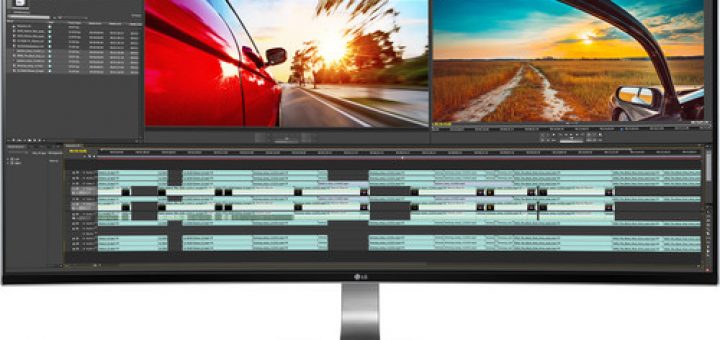A Look at the “Swiss Army Knife” of Digital Photography

So, you’re a photographer with a goal to edit your photos quickly and at a pro level. You’ve got your workplace all planned: a good big desk, a nice office chair with wheels, powerful PC, ultrawide curved monitor, ergonomic mouse and keyboard… everything except the main thing. The software. The selection is just too overwhelming, trying out all the offers on the market by yourself can take weeks and months. Well, guess what? Photo editing means Photoshop. Here’s why.
First and foremost, Adobe’s Photoshop is a software specifically created to professionally work your photos. Yes, there are perks to the software created to cover everything graphics, from drawing to design, photo editing being one of the included uses. But come to think of it, if you’re a photographer and not a digital artist, and not a web designer, wouldn’t you prefer a piece of software made for your specific needs? That’s Photoshop for you. For designers and artists, Adobe has separate products, too. Besides, it’s not like you can’t design or draw in Photoshop. You can, it’s just, well, there are better and simpler apps to do that while Photoshop offers all the features a professional photographer can think of.
Photoshop takes some time to truly master, simply because it has so much to offer, but with it being the industry leader, you’ll find thousands of tutorials by simple act of Googling. And among PS’s features are many top-shelf ones. Photoshop will help you do compositing, shaping, color adjustment—from basic to very advanced. Features like adjustment layers, smart objects, save selection, pixel grid make editing batches of images from the same set way faster and nearly automatic. The upgrade the pen tool got in the PS CC 2018? Just. The. Best. Masking, view rotation, presets, grouping, 3D and, lately, 360° panorama workflow. The list can go on and on. And don’t forget all the brushes.
Some say Photoshop is oversold, overpraised, over- many things. They might be right in some cases but, in our opinion, the photo editing community is yet to meet the software equal to Photoshop in performance, toolkits, and, most of all, in keeping up with the hip crowd. Thanks to moving from the Creative Suite license purchase to the Creative Cloud subscription-based plans, the Adobe company now does not need to limit themselves and make upgrades and updates only when they issue a new expansive and expensive (for both company and their customers) application once every couple years; instead, they introduce new features when people request them and, if you’re paying for Photoshop CC, you can have them as soon as they come out. In an industry as fast-changing as photography, it’s a real gift.
